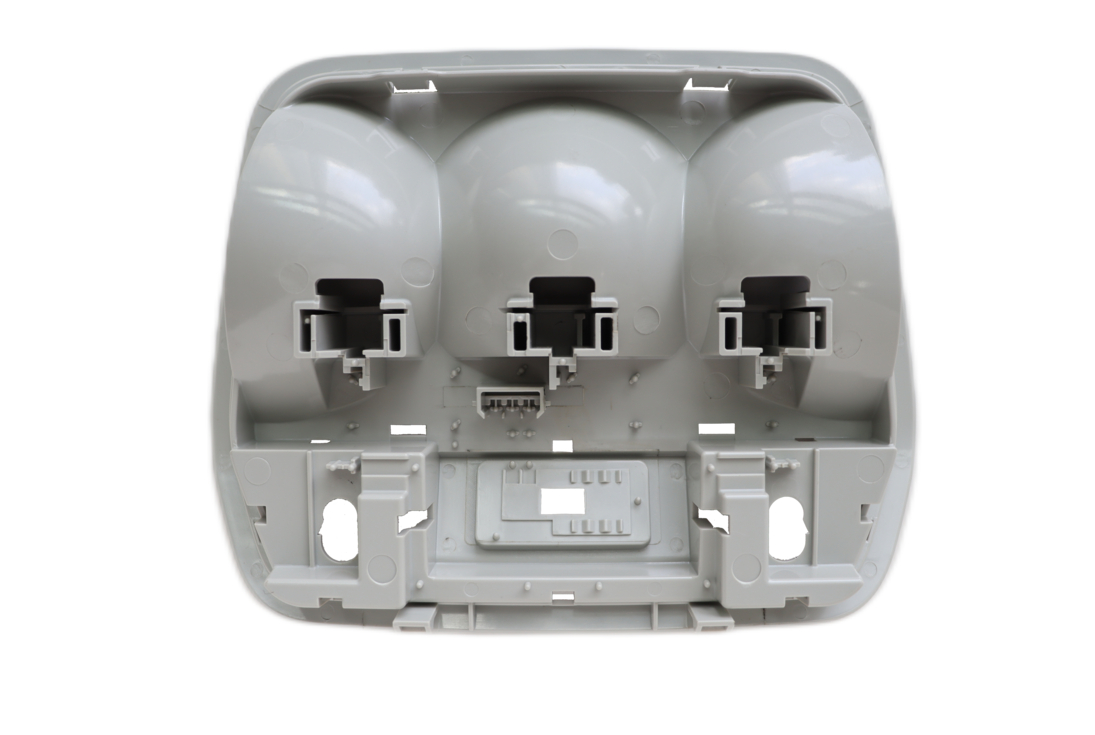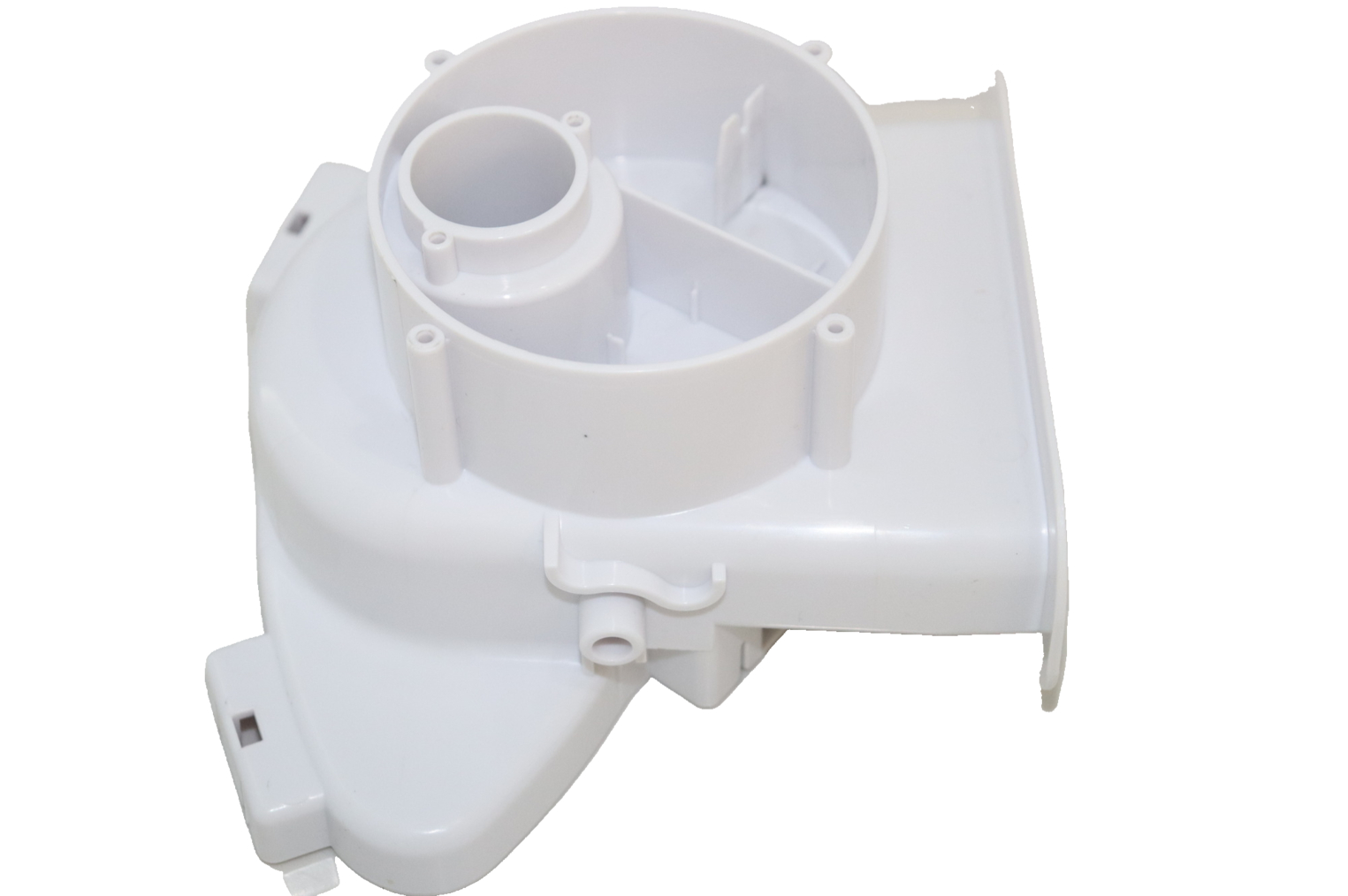In the world of plastic injection molding , achieving a flawless surface finish is one of the most important goals for manufacturers. However, even with advanced mold designs and modern machines, surface defects like sink marks can still appear. These small depressions on the surface of molded parts not only affect appearance but can also compromise part strength and dimensional accuracy. Understanding the causes of sink marks and how to prevent them is essential for producing consistent, high-quality injection molded parts.
Before learning how to prevent sink marks, it’s important to understand what they are. A sink mark is a shallow indentation or dimple that appears on the surface of a molded plastic part. It occurs when thicker areas of the part cool and shrink unevenly compared to thinner sections. The outer layer of plastic that contacts the mold cools and hardens faster, while the inside remains soft and continues to contract as it cools. This uneven shrinkage pulls the surface inward, leaving behind a visible depression known as a sink mark.
These defects are more likely to appear in areas with thick walls, ribs, or bosses, and they can lead to not only cosmetic issues but also potential weaknesses in structural components.

Sink marks usually result from uneven cooling or insufficient packing of the molten plastic inside the mold. Several key factors contribute to their formation:
Good part design is the first step toward preventing sink marks in injection molded parts . A well-designed part should have uniform wall thickness to ensure even cooling throughout the component. Thick walls retain heat longer, increasing the risk of surface depression.
If the part requires thick sections for strength or function, engineers can reduce the material volume by coring out those areas or by using ribs and gussets to maintain stiffness without adding excessive material. Additionally, rounding internal and external corners helps maintain consistent wall thickness and improves material flow, reducing the chance of sink formation.
In short, balancing functionality and manufacturability during the design stage can greatly minimize the risk of sink mark defects.
Even with an ideal part design, a poorly designed mold can still cause sink marks. One of the most important aspects of mold design optimization is the placement of cooling channels . Cooling must be uniform across all areas of the part, especially near thicker sections. When one area cools faster than another, the result is uneven shrinkage and surface imperfections.
Proper gate design and placement also play a critical role. The gate should be located to allow balanced filling and packing pressure throughout the cavity. In some cases, using multiple gates or optimizing gate size can help ensure consistent pressure and reduce sink-prone areas.
Lastly, adequate venting should not be overlooked. Trapped air inside the cavity can interfere with material flow and cooling, resulting in defects similar to sink marks.
Processing conditions have a direct impact on the appearance and quality of the final product. One of the most common process-related causes of sink marks is insufficient packing pressure or holding time . During the packing and holding stages, molten material is pushed into the cavity to compensate for shrinkage as the part cools. If the pressure or time is too low, not enough material fills the cavity, leaving voids that later appear as sink marks.
Increasing the packing pressure or extending the holding time helps maintain sufficient plastic flow until the gate solidifies. This ensures that the part remains fully packed as it cools.
Another important factor is melt temperature . If the temperature is too high, the material stays molten for too long, increasing cooling time and shrinkage. Similarly, an excessive mold temperature can delay gate sealing, allowing material to escape from the cavity and reducing packing efficiency. Maintaining proper temperature balance between the melt and mold is key to consistent production.
Material properties also influence the likelihood of sink marks. Resins with higher shrinkage rates, such as semi-crystalline plastics, are more prone to this defect. When possible, choosing materials with low shrinkage or glass fiber reinforcement can help minimize dimensional changes during cooling.
Additionally, proper material drying is essential. Moisture in the resin can turn into gas during injection, creating voids or uneven density that lead to surface defects. Always follow the resin manufacturer’s recommendations for drying temperature and time before molding.

Preventing sink marks should not rely solely on trial and error. Modern CAD and CAE simulation software allows engineers to predict potential sink areas before the mold is built. These simulations help visualize temperature gradients, pressure distribution, and flow paths, making it easier to correct problems early in the design stage.
After production begins, regular dimensional inspections and surface checks help identify any early signs of sink marks. By monitoring and maintaining process stability, manufacturers can ensure consistent quality and reduce waste.
Sink marks are a common yet avoidable challenge in plastic injection molding . They often indicate imbalances in design, mold construction, or process control. By paying attention to part geometry, optimizing mold cooling and gating, adjusting processing parameters, and selecting suitable materials, manufacturers can minimize or completely eliminate these defects.
At AAA MOULD , our experienced engineering team and advanced equipment enable us to deliver high-precision molds and defect-free injection molded parts . From part design to mold manufacturing and production optimization, we work closely with our customers to ensure every project achieves high quality and efficiency.
If you’re looking for a reliable
plastic injection mold manufacturer
to help you prevent defects and improve your molding process, contact AAA MOULD today for professional support and customized solutions.